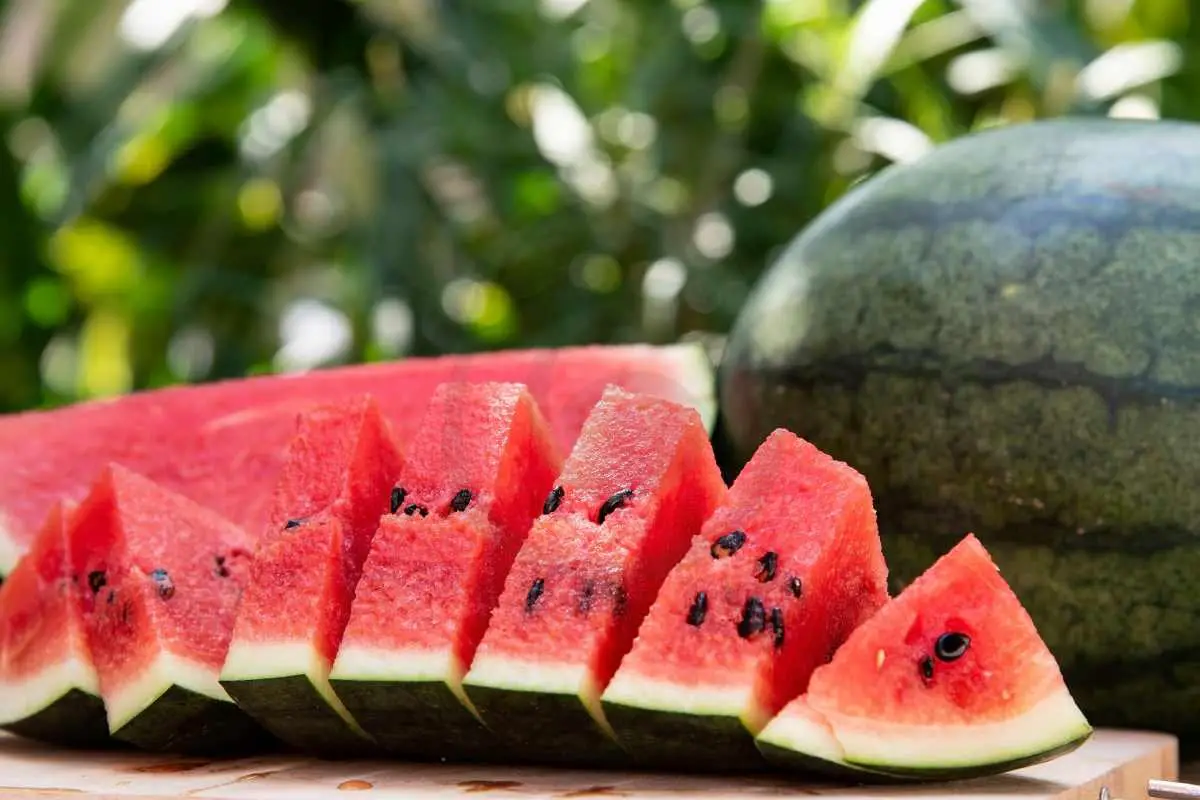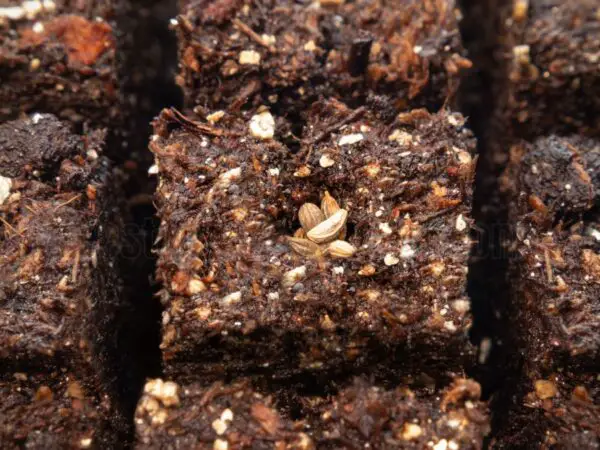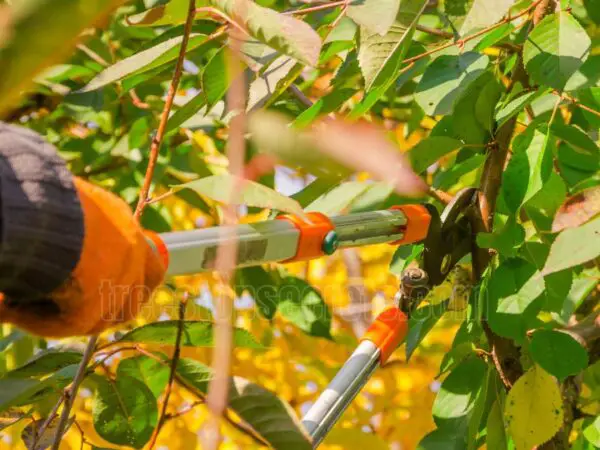Are you wondering about ripening, tips, and how do you know when watermelon is ready to pick? Look no further, as I'll provide you with expert guidance to ensure you pick the perfect watermelon.
Determining the ripeness of a watermelon involves several indicators. Firstly, examine the underside; if it's creamy yellow, it's likely ripe. Next, tap the watermelon; a ripe one will produce a deep, hollow sound. Additionally, check the growing tip of the stem; if it's dried and brown, the watermelon is ready. Lastly, consider the weight; a ripe watermelon will feel heavy for its size. By utilizing these methods, you'll confidently pick the ripest watermelon for your enjoyment.
Still intrigued by the art of watermelon picking? Discover even more tips and tricks to ensure you always select the juiciest and sweetest watermelons for your table.
Key Takeaways
- Visual Cues for Ripeness: Look for a creamy yellow spot on the watermelon's underside for a ripe fruit.
- Tenderness Indicators: Gently press the watermelon's skin; a slight give indicates readiness.
- Sound Test Method: Tap the watermelon and listen for a deep, hollow sound to determine ripeness.
- Checking the Tendrils: Pay attention to the tendrils near the stem; dried tendrils signal ripeness.
- Bottom Spot Color: A yellow or creamy bottom spot suggests the watermelon is ripe and ready to be picked.
- Harvesting Techniques: Use a sharp knife to cut the stem close to the fruit when harvesting to avoid damaging the vine.
Understanding Watermelon Growth
Growth stages
Watermelon growth stages can be identified by size and color, progressing from small green fruits to larger, ripe watermelons. Monitoring the development from flowering to fruit formation is crucial for optimal harvesting. Understanding the different growth phases helps in determining the best time to pick watermelons.
- Sufficient sunlight and warmth are essential for watermelon growth.
- Proper soil moisture levels support healthy development.
- Adequate spacing between plants ensures optimal growth conditions.
Time to maturity
Determining the approximate time for watermelons to reach maturity is vital. Tracking the growth progress allows estimating their maturity timeline accurately. Factors like temperature and water supply play a significant role in affecting the maturity period.
Visual Cues for Ripeness
Skin color change
Observe the skin color change of watermelon as it ripens. Note the transformation from green to a more vibrant hue, indicating ripeness. Utilize this visual cue to determine when the watermelon is ready for picking.
Field spot examination
Check the field spot on the underside of the watermelon for ripeness cues. Look for a creamy yellow or orange spot, a sign of readiness for harvest. Use this examination method to assess if the watermelon is ripe enough to be picked.
Size and shape
Assess the size and shape of the watermelon to gauge its ripeness level. Compare its dimensions with typical ripe watermelons and consider uniformity and fullness. These factors provide essential indicators of the fruit's readiness for harvesting.
Tenderness Indicators
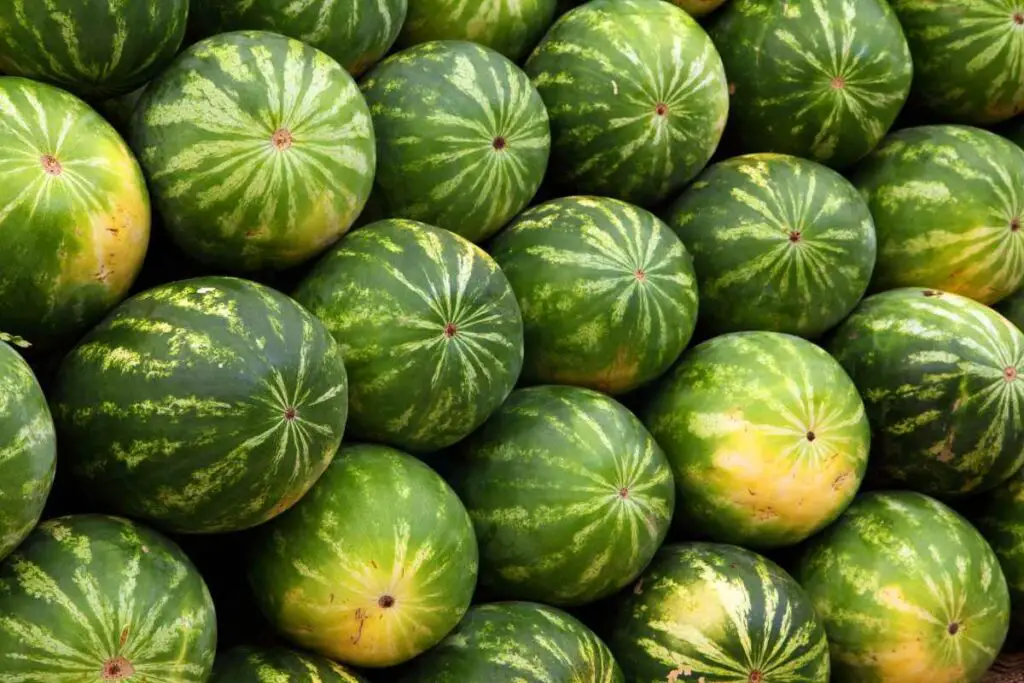
Stem tenderness
Test the stem tenderness by gently tugging it to assess the ripeness of the watermelon. If the stem easily detaches, it indicates that the fruit is ready to be picked. Evaluate the firmness of the stem as a crucial indicator of watermelon readiness.
Fruit firmness
When determining the readiness of a watermelon, gently press on the fruit to check its firmness level. Look for a slight give when applying pressure, which signifies that the watermelon is ripe. Avoid selecting watermelons that feel either too soft or too hard when testing for firmness.
Sound Test Method
Tapping technique
When tapping a watermelon, listen for distinct sound variations. Differentiate between hollow and dull sounds to identify ripe watermelons. Use sound differences as an auditory clue for selecting ripe watermelons.
Sound differences
- Ripe watermelons produce a hollow sound when tapped.
- Unripe watermelons emit a dull sound upon tapping.
- The difference in sound helps in determining the readiness of the watermelon.
Practice tips
To ensure accurate selection, implement regular monitoring practices to track watermelon growth. Apply recommended harvesting techniques for optimal quality. Incorporate best practices based on visual and tactile cues for picking ripe watermelons.
Checking the Tendrils
Tendril color
Examine the color of the tendril near the watermelon stem for ripeness signals. A fully brown or slightly brown tendril indicates readiness. These changes serve as reliable markers for determining ripe watermelons.
Tendril dryness
Assess the dryness of the tendril next to the watermelon stem. Look for a withered and dry tendril to confirm watermelon ripeness accurately. Consider both texture and appearance when evaluating tendril dryness.
Bottom Spot Color
Spot color change
- Notice any color changes in the spot where the watermelon rested on the ground.
- A shift towards yellow or orange signals ripeness.
- Utilize spot color change as an additional indicator of watermelon readiness.
Location importance
- The growth location significantly impacts ripeness.
- Environmental factors such as soil quality and sunlight exposure influence development.
- Acknowledge how different locations affect watermelon maturity.
Harvesting Techniques
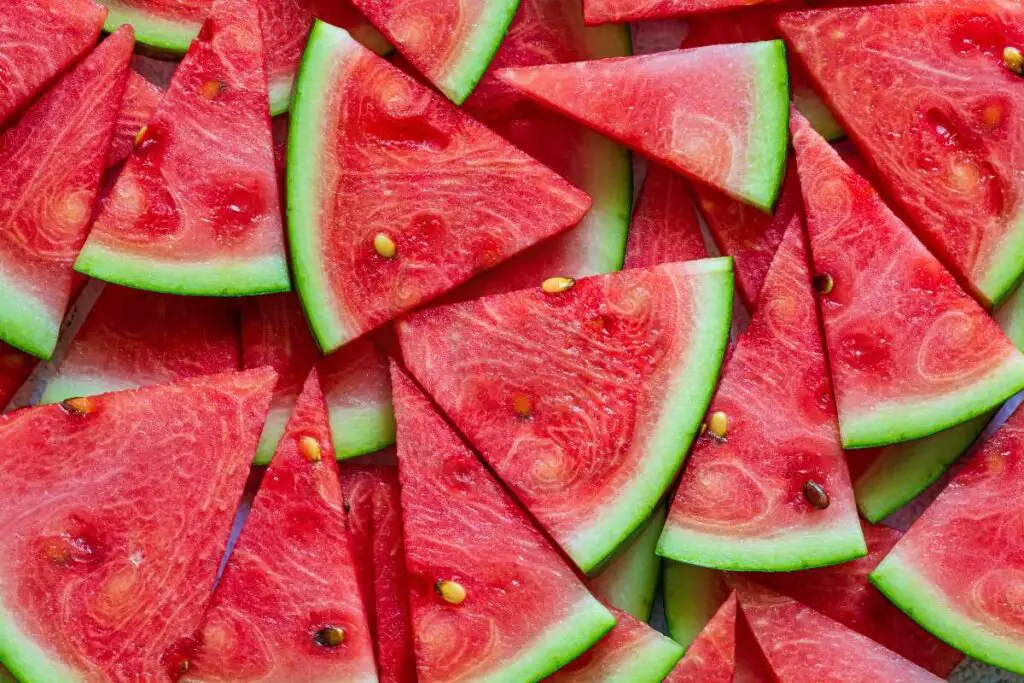
Cutting method
Employ the correct cutting method for harvesting watermelons. Use a sharp knife to cleanly cut the watermelon from the vine. Follow proper cutting techniques to avoid damaging the fruit during harvest.
Handling tips
Handle harvested watermelons with care to prevent bruising. Store watermelons in a cool and dry place to maintain freshness. Avoid rough handling to preserve the quality of ripe watermelons.
Post-Picking Tips
Storage methods
After harvesting, store watermelons in a cool, well-ventilated area to maintain freshness. Avoid direct sunlight exposure to prevent spoilage. Opt for appropriate storage containers to prolong the shelf life of ripe watermelons.
Ripening stages
Recognize various ripening stages of watermelons by observing color, texture, and aroma changes. Understand the progression from unripe to overripe for optimal harvesting time.
Common Mistakes
Premature Picking
Avoid premature picking of watermelons to ensure full ripeness. Wait for the appropriate signs of readiness before harvesting watermelons. Prevent premature picking to enjoy the best flavor and sweetness of ripe watermelons.
Overripe Signs
Identify signs of overripeness in watermelons to avoid spoilage. Look for mushy texture and off-putting odors as indicators of overripeness. Discard overripe watermelons promptly to maintain fruit quality.
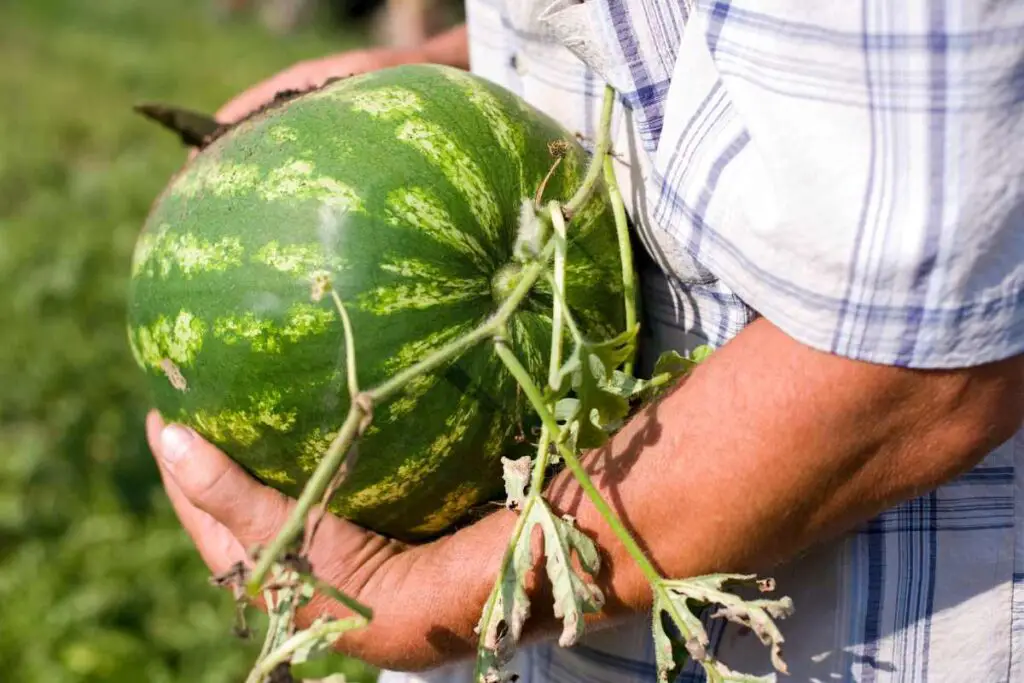
Final Remarks
You now possess a wealth of knowledge on determining the perfect time to pick a watermelon. Understanding growth stages, assessing visual cues, employing tenderness indicators, conducting sound tests, and checking tendrils and bottom spot color are crucial steps in ensuring a sweet and ripe harvest. Remember to handle the fruit with care during harvesting and follow post-picking tips for optimal storage. Avoid common mistakes to guarantee a flavorful experience every time you slice into a juicy watermelon.
Take your newfound expertise to the garden or market and put it into practice. Enjoy the satisfaction of selecting the ripest watermelons with confidence. Share your knowledge with fellow fruit enthusiasts to spread the joy of savoring nature's delectable treats.
Frequently Asked Questions
How can I tell if a watermelon is ripe just by looking at it?
When checking for ripeness visually, look for a dull rather than shiny surface, uniform shape, and a creamy yellow spot on the bottom. These signs indicate that the watermelon is ready to be picked.
Is the tenderness of a watermelon an indicator of its ripeness?
Yes, the tenderness of a watermelon is a good indicator of ripeness. A ripe watermelon will feel heavy for its size and slightly soft when gently pressed. Avoid ones that are too firm or too mushy.
What is the sound test method for determining watermelon ripeness?
Perform a sound test by tapping the watermelon with your knuckles. A ripe watermelon will produce a deep, hollow sound, while an unripe one will sound dull. This method helps assess the fruit's internal texture and juiciness.
How do I check the tendrils to determine if a watermelon is ready to pick?
Inspect the curly tendrils near the stem of the watermelon. If they have dried up and turned brown, it's a good indication that the fruit is ripe and ready for harvesting. Green or fresh-looking tendrils suggest immaturity.
Why does the color of the bottom spot matter when picking a watermelon?
The bottom spot, also known as the ground spot, should have turned from white or green to a creamy yellow color. This change indicates that the watermelon has fully ripened on the vine and is sweet and juicy inside.
Image Source: Paid image from CANVA

